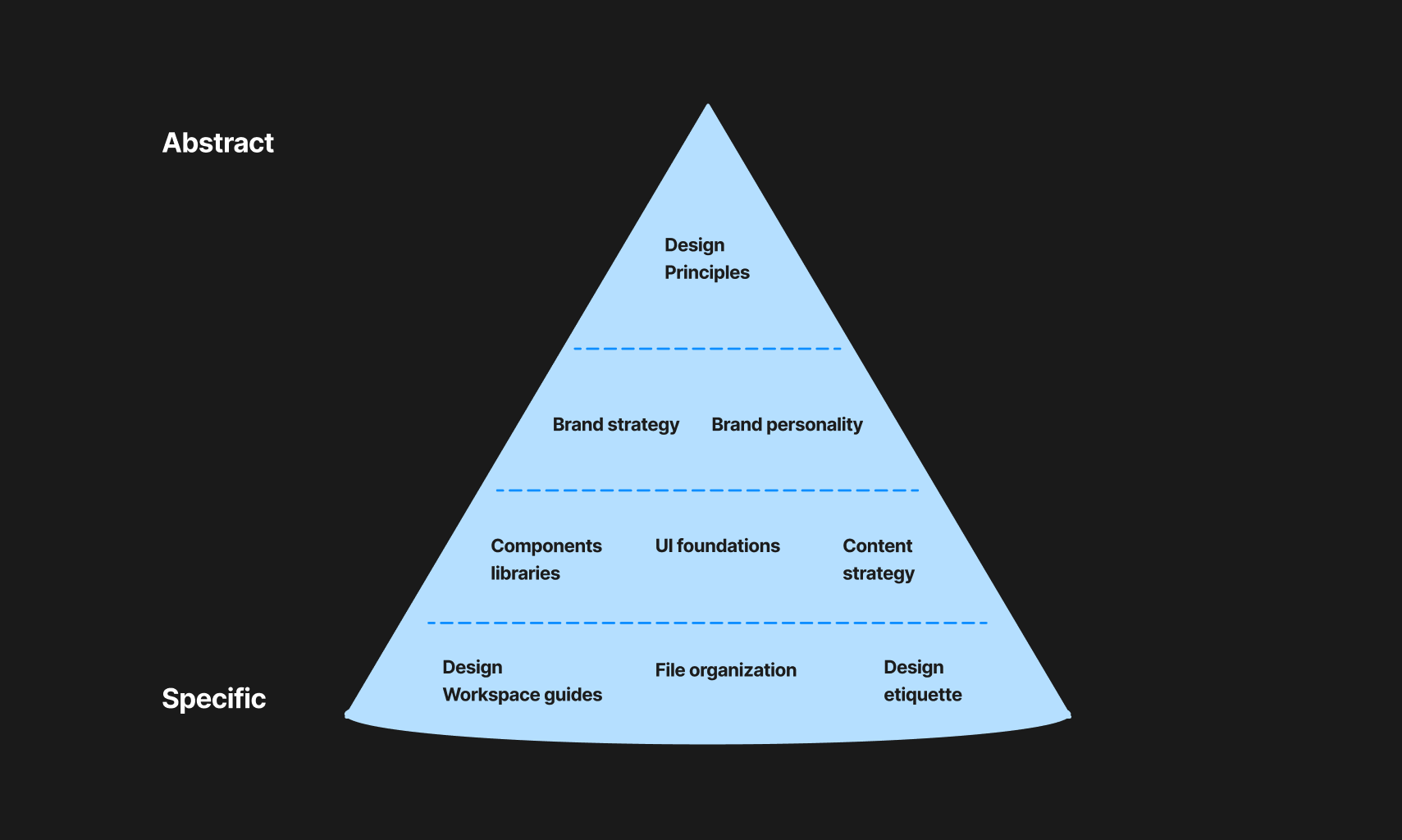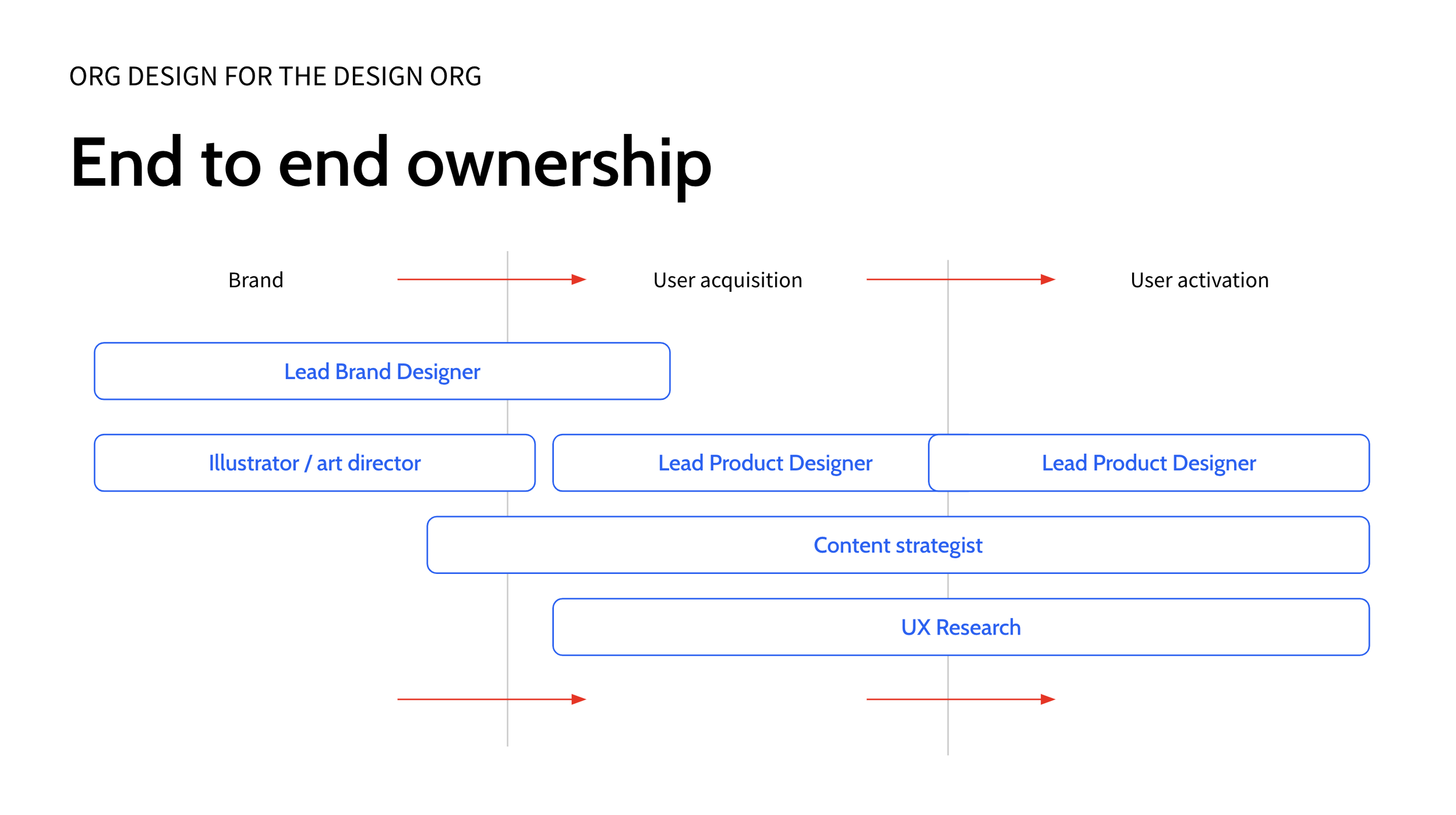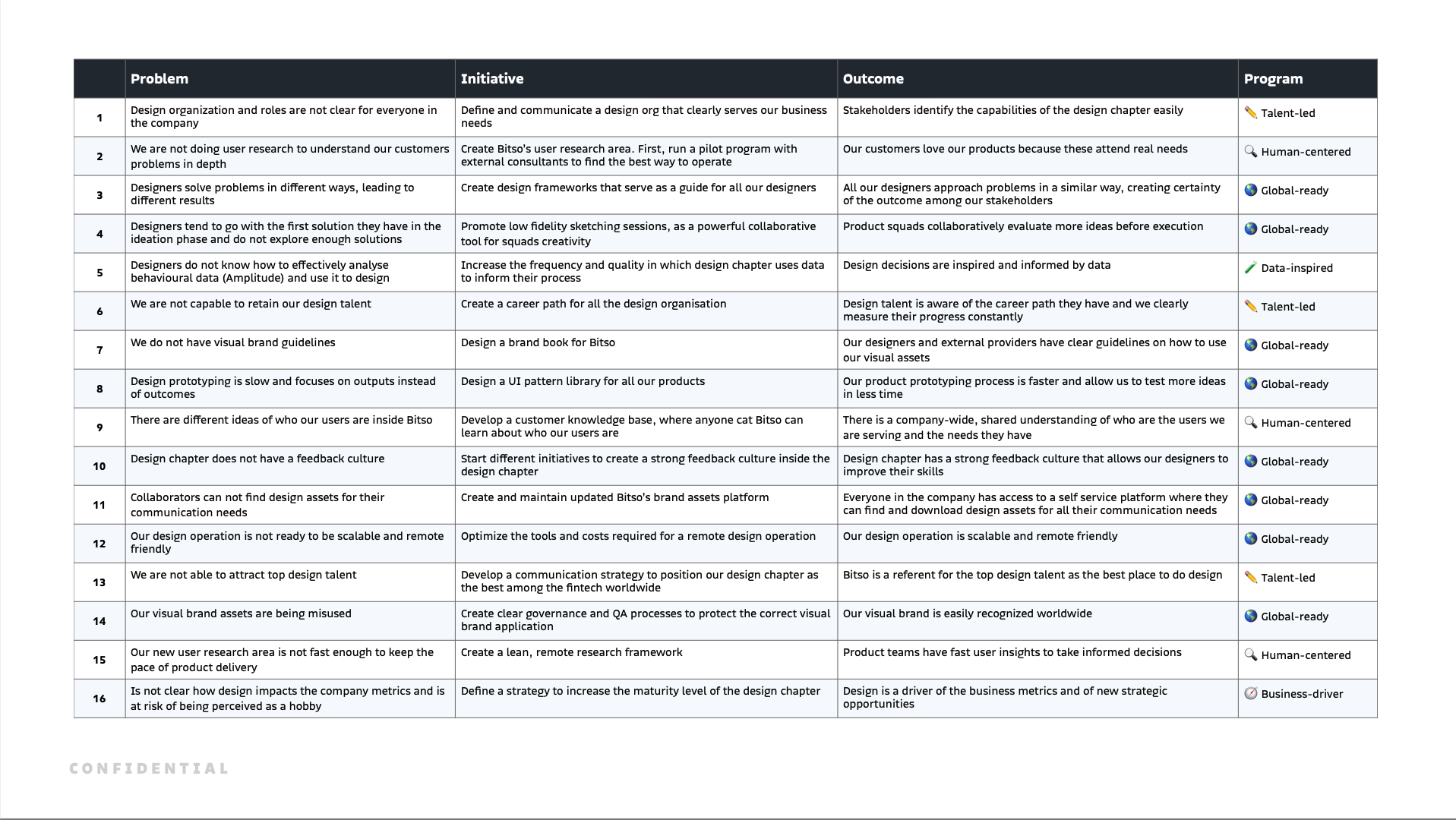
The ultimate goal of a design team is to build great products that deliver amazing experiences.
But the definition of a great product will vary depending on the industry (fintech, software, travel), the company size, the end user (B2C, B2B, B2B2C), the market, competitors and more.
Of course all these variants include the end user and the needs they have, understanding the business context is necessary before defining a strategy to scale the design practice because only with this context we can find ways to add value to the organization.
Design at scale
One of the challenges designers face when collaborating in mid to large scale organizations is how to standardize and implement a consistent design practice across teams. It is the responsibility of the head of the design to set high design standards and guide the team towards reaching them everyday.
Design excellence is the ultimate outcome of a solid and mature design organization. The definition of excellence will vary depending on multiple factors, and every organization will have different expectations from its design team.
Shaping a vision for the design organization
The first step is to identify the expectation the organization has from design. Sometimes this is more leaned towards the design craft, other times will be more leaned towards strategic innovation. Acknowledging this and adjusting the plan accordingly to ensure the design team will always bring value to the organization is fundamental as design leader.
This should then be translated into a design playbook or design strategy playbook. This vision is fundamental to define the specific methods of design and tie them directly to the why of design.
It is important to highlight that this vision is dynamic and will evolve over time, ideally as the design team matures and is capable of demonstrating added value often.
Design excellence
The starting point should always be defining and implementing a shared design language. The biggest challenge to scale design is unifying the way different collaborators design, and it should look and feel like all the design was done by the same person.
A design language is useful as well to guide the feedback sessions to unify the feedback criteria and avoid subjective opinions towards solutions.
Generally is a good idea to build a design language starting from the most abstract elements and finish with very specific guidelines and rules to follow.




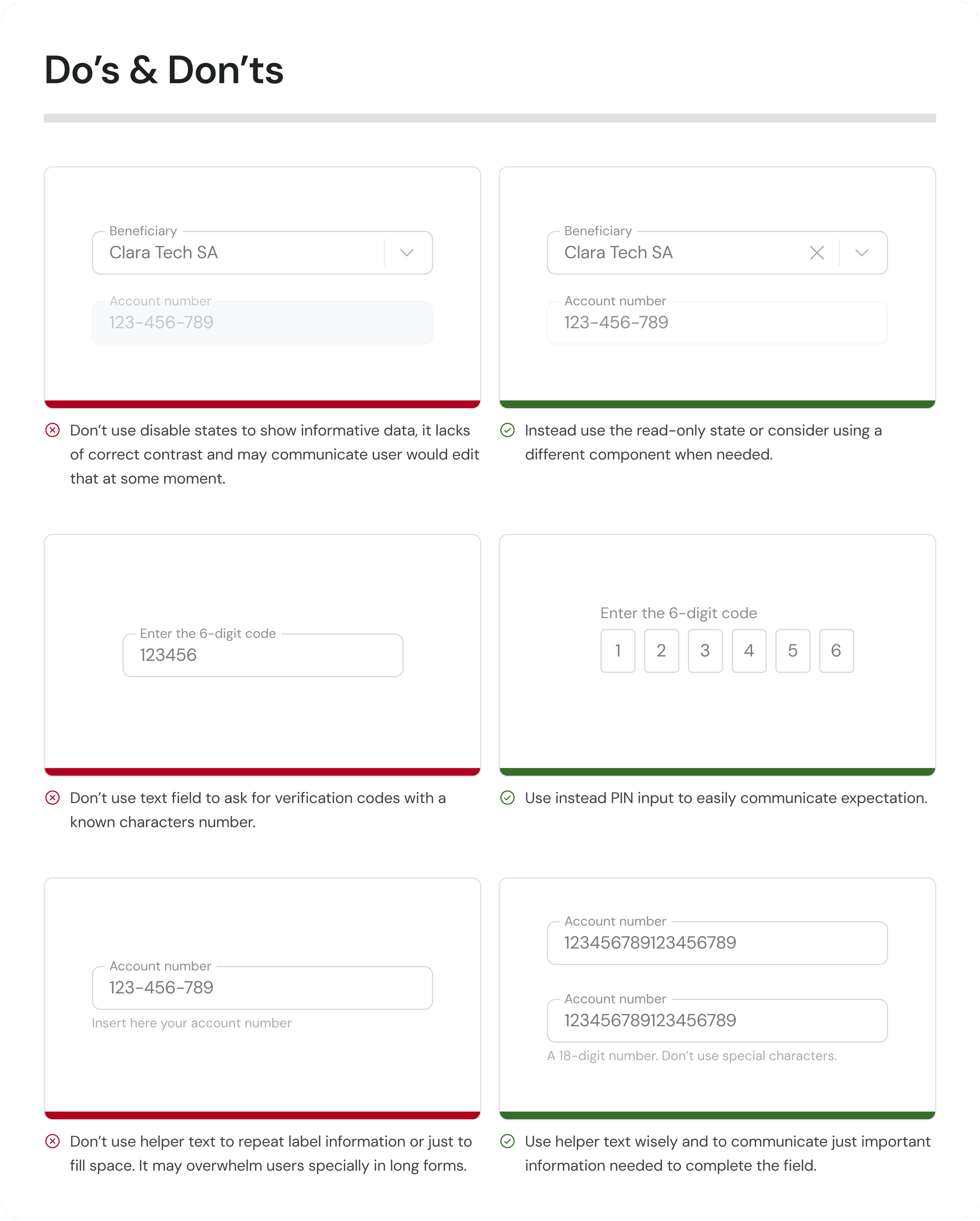

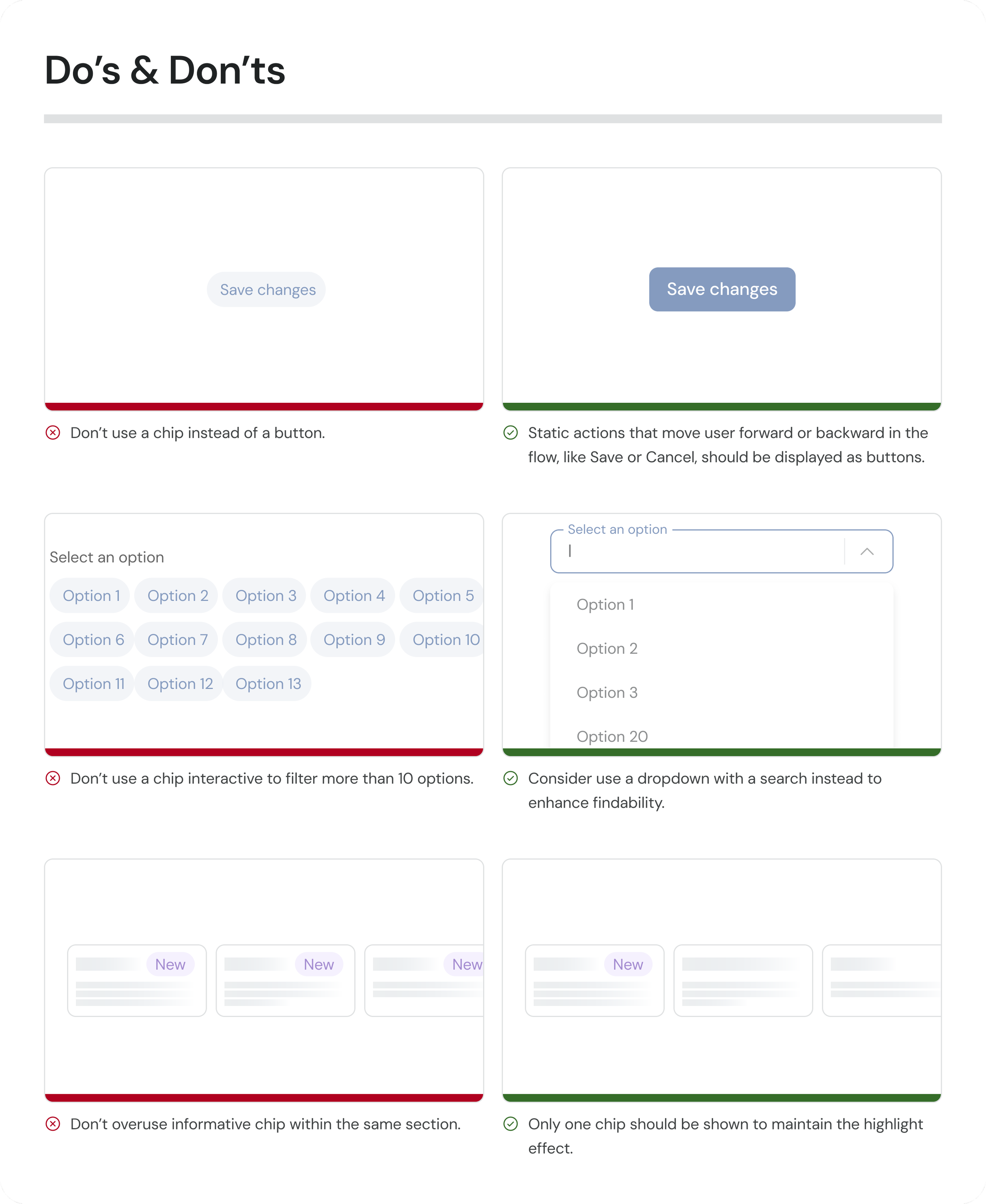
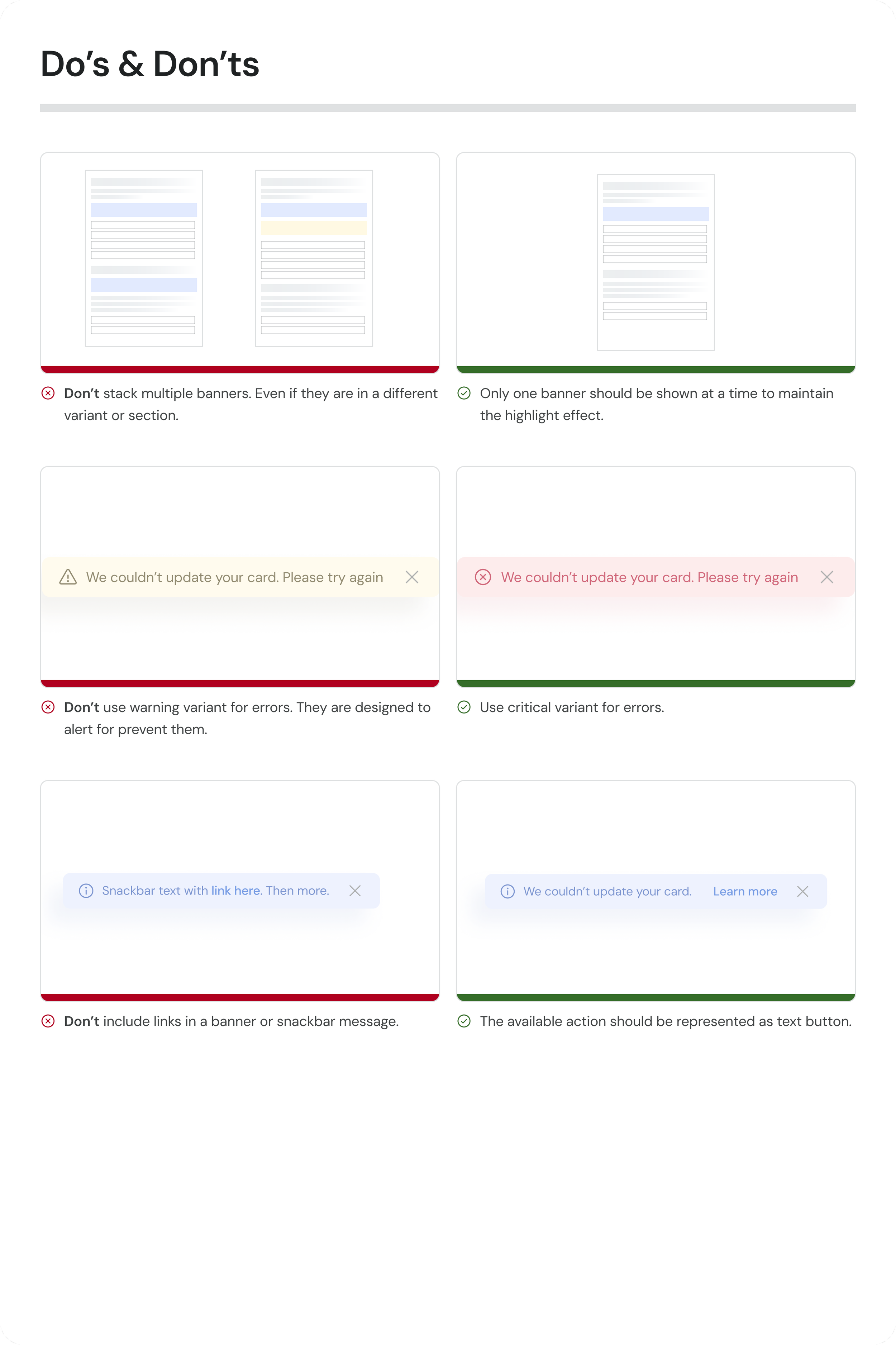
Designing the process
After defining the expectations of the design craft and the desired quality, it's time to define the processes to follow.
This will require more collaboration with cross functional peers as it happens during the product discovery and product delivery processes. It’s important to mention again that we have to bring value to the organization, and make sure design works smoothly as part of a bigger product delivery process.
The product design process will take different stages depending on the overarching product process, but it should always be divided into clear milestones with key deliverables. Breaking this process into smaller steps is a great way to deliver value faster while also supervising the design language is properly being used.
This way of working and the correct use of the design language are the building blocks for the performance management of the design collaborators.
Once there is clarity about the design language and the way of working, it is time to evaluate and optimize the professional roles the team needs to work better according to the design process. This may mean implementing generalists or specialists roles, adding or removing leaders, and so on.
Defining the desired competencies for the design roles and building leveling matrix is the first step into having more clear individual expectations and more objective performance reviews that can lead to professional growth of the team.
And of course the most important part of all, executing the plan. Building a design excellence culture takes time and it’s important to clearly communicate the program and the expected outcomes as roadmaps.


